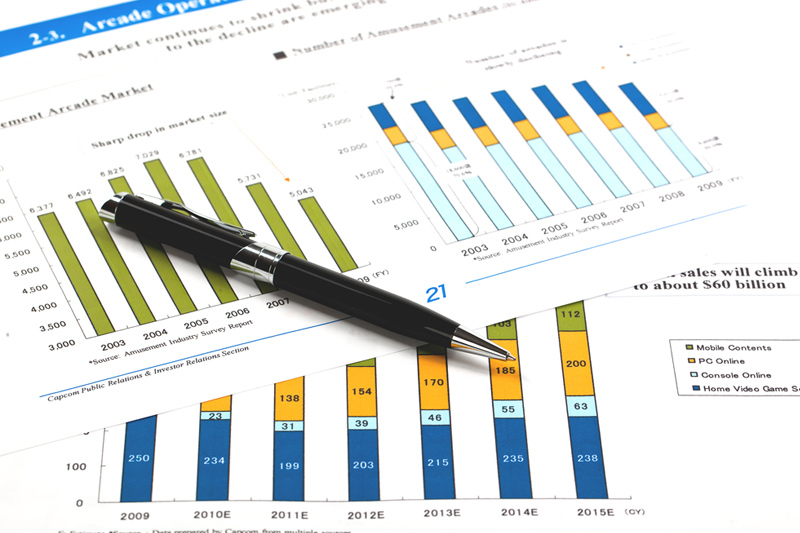By Lucia Mutikani
WASHINGTON (Reuters) - U.S. producer prices recorded their largest gain in more than four years in January amid increases in the cost of energy products, but a strong dollar continued to keep underlying inflation at the factory gate tame.
Rising raw material costs are boosting producer prices across the globe, notably in China, which is the biggest source of U.S. imports. But economists still expect overall U.S. inflation to keep climbing gradually given the buoyant dollar.
"China saw the biggest price gain since 2011 in January. Given that most of the upward price pressure is the result of raw materials prices returning from the depths of last year, the longer-term view continues to be wary but not alarmed," said Jay Morelock, an economist at FTN Financial in New York.
The U.S. Labor Department said on Tuesday its producer price index for final demand jumped 0.6 percent last month, which was the biggest rise since September 2012 and followed a 0.2 percent gain in December. Higher prices for some services also contributed to the increase in January.
Economists had expected the PPI to rise 0.3 percent in January. Despite the surge, the PPI only increased 1.6 percent in the 12 months through January after a similar gain in December. A measure of underlying producer price pressures that excludes food, energy and trade services advanced 0.2 percent after edging up 0.1 percent in December.
The so-called core PPI rose 1.6 percent in the 12 months through January, slowing from December's 1.7 percent gain. The Federal Reserve has a 2 percent inflation target.
Gradually rising inflation together with a tightening labor market and firming economic growth should position the Fed to continue raising interest rates this year. The U.S. central bank raised rates in December and projected three more hikes in 2017.
Fed Chair Janet Yellen told U.S. lawmakers on Tuesday that waiting too long to raise borrowing costs would be "unwise."
The dollar (DXY) was trading higher on Yellen's comments, touching a three-week high against a basket of currencies. U.S. government bond prices fell while stocks on Wall Street were mixed.
DOLLAR STRENGTH
More U.S. manufacturers are reporting paying higher prices for raw materials. The Institute for Supply Management's (ISM) prices index surged in January to its highest level since May 2011.
Closely correlated to the PPI, the ISM index has advanced for 11 straight months. Those gains largely reflected increases in the prices of commodities such as crude oil, which are rising due to a steadily growing global economy. Oil prices have climbed above $50 per barrel.
But with the dollar strengthening further against the currencies of the United States' main trading partners and wage growth still moderate, the spillover to consumer inflation from rising commodity prices is likely to be limited.
A government report on Friday showed import prices excluding fuels fell in January for a third straight month. Data on Wednesday is expected to show the consumer price index increased 0.3 percent last month after a similar gain in December, according to a Reuters survey of economists.
"While the trend in inflation remains upward, it is not quickening as fast as today's headline suggests. Inflation is not an immediate issue for the Fed," said Sarah House, an economist at Wells Fargo (NYSE:WFC) Securities in New York.
Last month, prices for final demand goods increased 1.0 percent, the largest rise since May 2015. The gain accounted for more than 60 percent of the increase in the PPI. Prices for final demand goods advanced 0.6 percent in December.
Wholesale food prices were unchanged last month after climbing 0.5 percent in December. Healthcare costs edged up 0.2 percent. Those costs feed into the Fed's preferred inflation measure, the core personal consumption expenditures (PCE) index.
The volatile trade services component, which measures changes in margins received by wholesalers and retailers, shot up 0.9 percent in January after being unchanged in the prior month.
